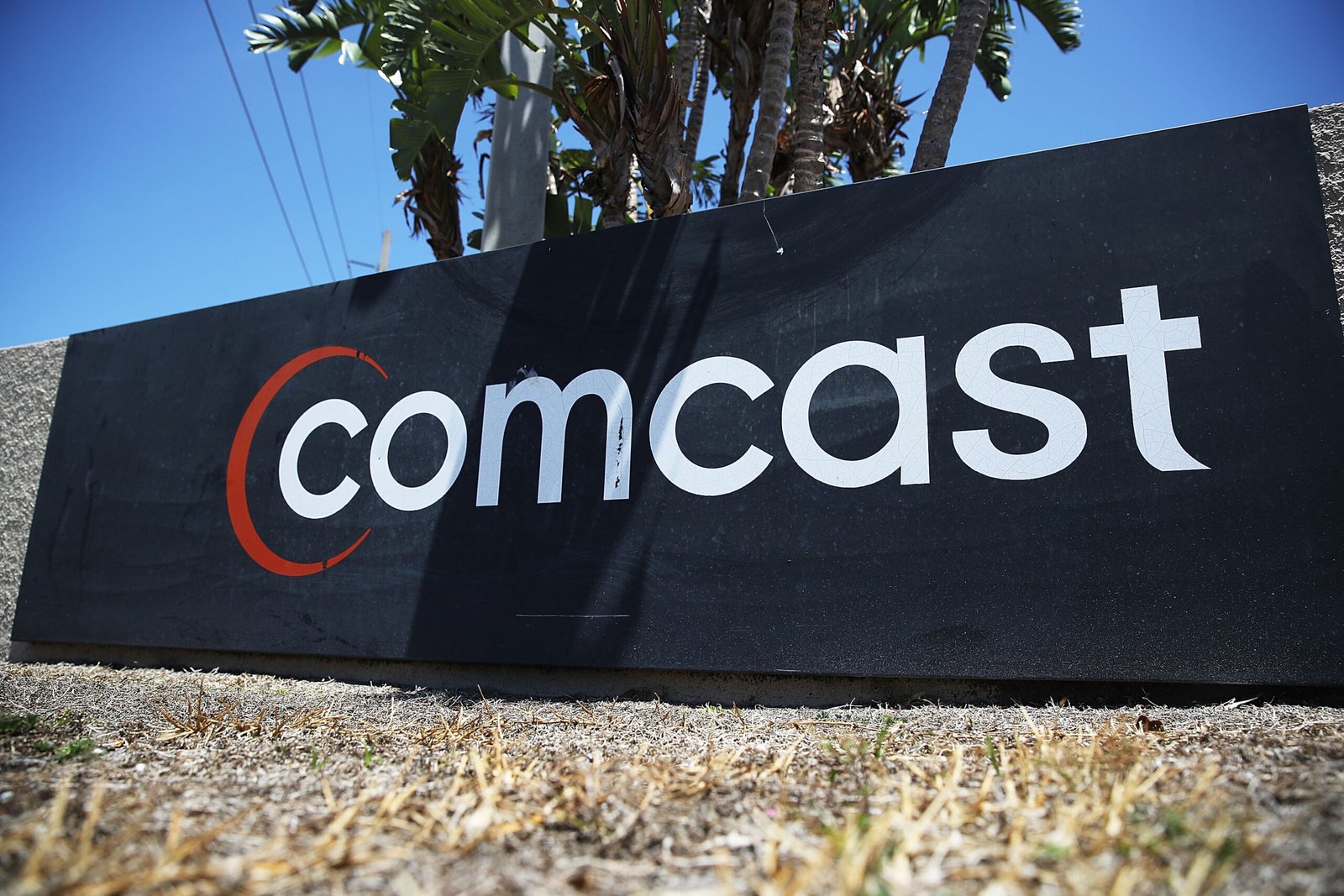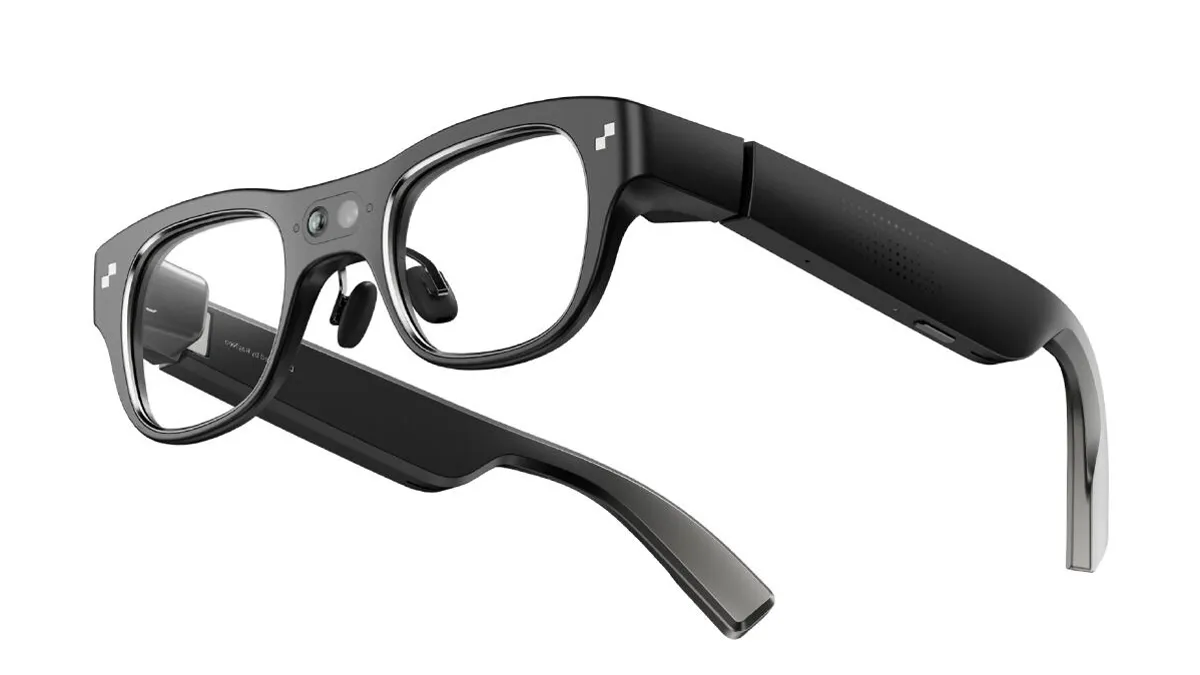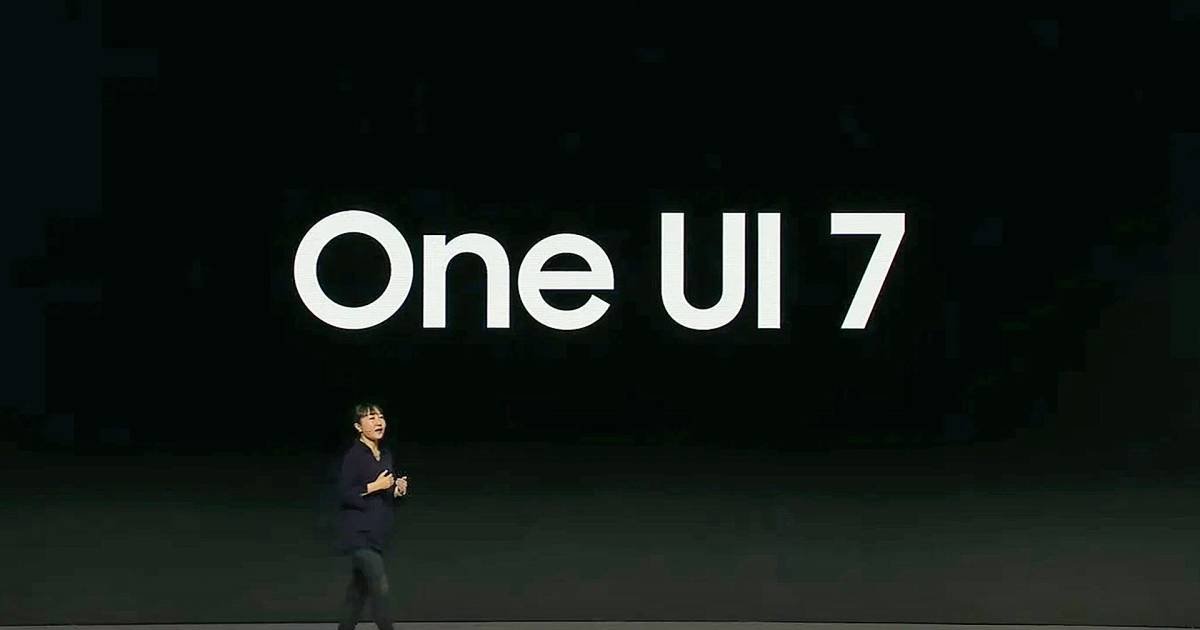In the era of constant connectivity, public Wi-Fi networks offer convenience but come with significant cybersecurity risks. Hackers are increasingly exploiting these networks to intercept sensitive information, with several methods at their disposal.
Key Highlights:
- Hackers perform Man-in-the-Middle (MitM) attacks on unencrypted Wi-Fi traffic, stealing and modifying data.
- Fake Wi-Fi hotspots, known as “Evil Twins,” lure users into connecting to a compromised network.
- Using a VPN on public networks encrypts your internet traffic and shields your browsing activity.
- Sensitive activities such as online banking or accessing emails should be avoided on public Wi-Fi.
- Cybercriminals often use sniffer software to view everything on a user’s screen via unsecured Wi-Fi.

Understanding the Threats:
Public Wi-Fi networks, often without requiring passwords, are a goldmine for cybercriminals. Over half of the people use these networks, unaware of the potential theft of card details, passwords, and other sensitive data. A common threat is the MitM attack, where the hacker intercepts and alters communications between two parties, capturing sensitive data in the process. Additionally, eavesdropping allows hackers to “listen” to unencrypted traffic over the network, extracting sensitive information with tools like packet analyzers.
The Tools of the Trade:
Cybercriminals use a variety of techniques to exploit public Wi-Fi vulnerabilities. Rogue hotspots mimic legitimate networks, deceiving users into connecting and then capturing their data. Honeypot networks attract users to malicious networks where malware can be deployed or vulnerabilities exploited. Spoofing attacks involve the hacker impersonating another device on the network to redirect and manipulate traffic. Session hijacking and malware distribution are other tactics used to gain unauthorized access to accounts and services or to infect devices with malware.
Best Practices for Public Wi-Fi Use:
To mitigate these risks, users should implement DNS filtering services to block malicious websites and avoid accessing sensitive sites on public networks. It’s crucial to turn off sharing settings, forget the network after use to prevent automatic reconnections, and always use HTTPS websites with SSL/TLS when transmitting sensitive data. Using a VPN is the most secure option for surfing on public Wi-Fi, encrypting data traffic and acting as a protected tunnel between the client and server.
The Consequences of Complacency:
Without taking these protective measures, users expose themselves to the risk of identity theft and fraud. Hackers can steal login credentials, credit card information, and personal details that can be used for malicious purposes. The compromise of a single device can lead to widespread security breaches, affecting not only individuals but also businesses.
Public Wi-Fi networks are fraught with risks, as hackers use sophisticated techniques to steal user data. MitM attacks, rogue hotspots, and malware distribution are common threats. Users can protect themselves by using VPNs, avoiding sensitive transactions, implementing DNS filtering, and ensuring secure connections with HTTPS and SSL/TLS. Vigilance and the use of robust cybersecurity tools are essential for safeguarding personal information in these public digital spaces.

















